News Based on facts, either observed and verified directly by the reporter, or reported and verified from knowledgeable sources.
Kicking Up Controversy With Wild Horses in the West

Modoc County lies in the far northeast corner of California, and most of its 10,000 residents rely on cattle herding, logging, or government jobs for employment. Rodeos and 4-H programs fill most families’ calendars; massive belt buckles, blue jeans, and cowboy hats are common attire. Modoc’s niche brand of American individualism stems from a free-spirited cowboy culture that imbues the local ranching conflict with wild horses.
To many, wild horses are icons of freedom and independence. While prevailing science says they are an invasive species that arrived with the Spanish conquistadors nearly a half-millennium ago, some say they are Indigenous to this continent. Regardless of their origins, more than 95,000 wild horses are roaming across public lands in the West. The population goal, based on available forage and water, is closer to 27,000. With no effective natural predators, unmanaged populations can double in four to five years (and triple in six to eight years).
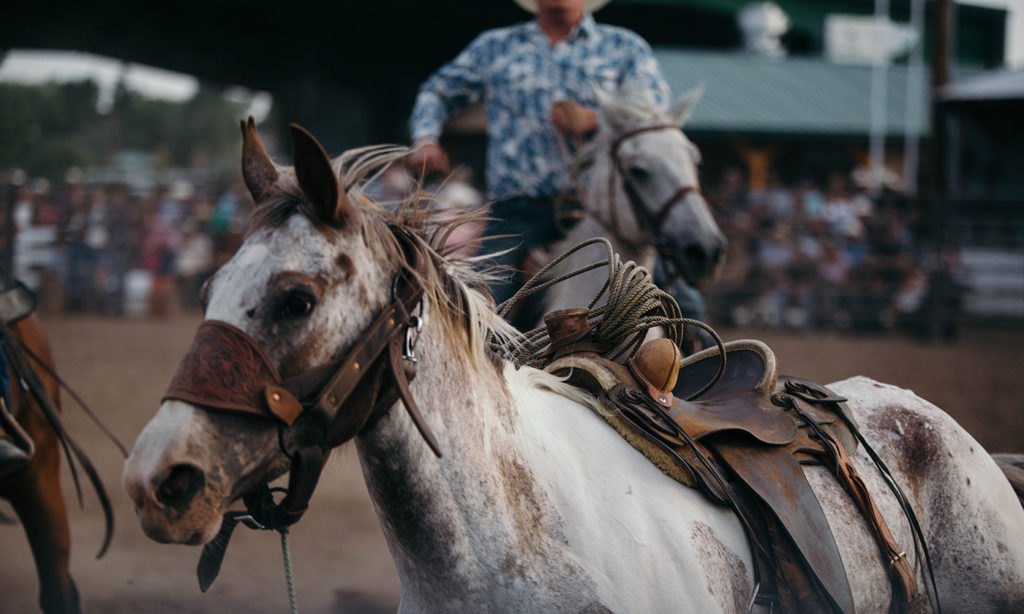
These growing numbers have instigated and intensified ecological and social challenges in rural Western communities: Wild horses destroy fences, compete with cattle for grazing, alter native plant communities, affect wildlife behavior, and challenge watershed function.
They also cost the U.S. a lot of money. To manage wild horses, the Forest Service and the Bureau of Land Management have to cover both on-range populations and off-range holding costs. The estimated lifetime cost of keeping a wild horse in off-range pastures or holding facilities is $50,000 per animal. In 2019 alone, the bureau spent nearly $50 million caring for wild horses.
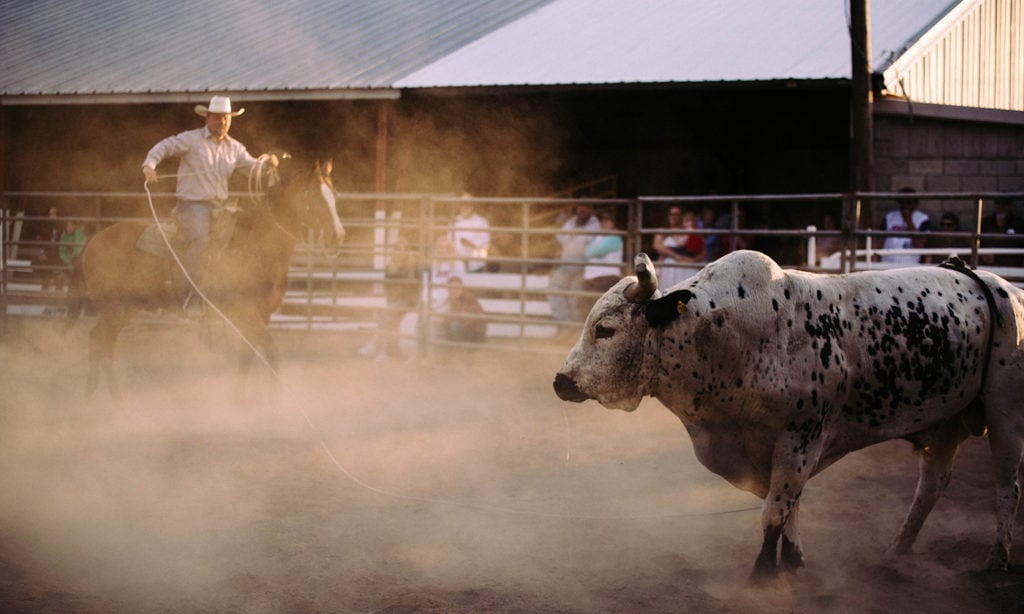
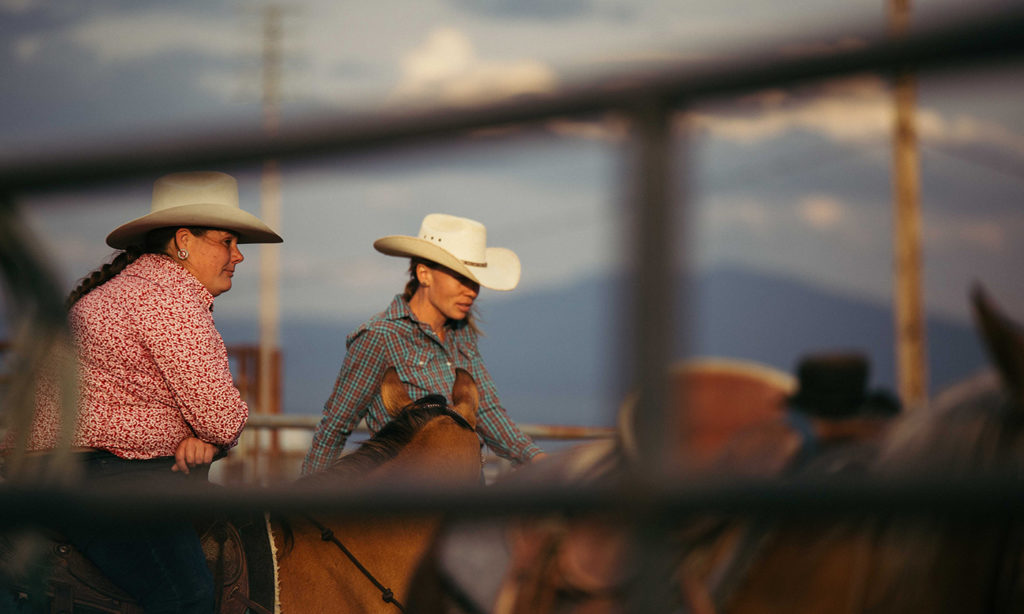
National wild horse advocates often love their equines from a distance; many are convinced that any sort of wild horse management is inhumane. But locals, including Native American populations, will tell you that they have struggled to coexist with the proliferation of horses for generations and that management is necessary. Ranchers insist that unchecked propagation of wild horses overruns the sagebrush landscape that their cattle graze on and share with various native and migratory animals and birds. At the same time, wild horse supporters push back against cattle ranchers’ powerful economic interests.
Tensions over the management and allocation of resources in these regions run high. But solutions for assuaging these conflicts are already in play, including fertility control, roundups to adopt wild horses, and land acquisition. Long-term resolution will likely depend on a strategic combination of all three, along with a shared understanding among community members, public servants, and advocacy groups about what a healthy ecological balance looks like across the sagebrush landscape of the West.
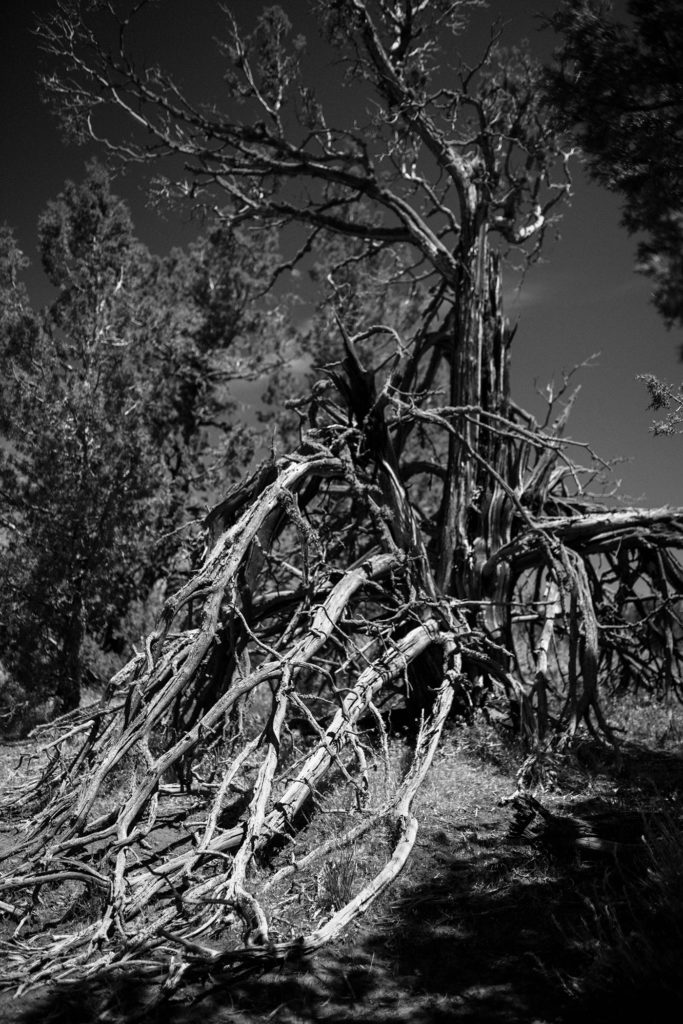
The History of Horse Management
Before the 1950s, feral horses were largely unregulated in the U.S. They were released, grazed, captured, killed, sold, and otherwise managed by local inhabitants as they saw fit. Around that time, Velma Bronn Johnston, aka “Wild Horse Annie,” started raising public awareness of the “perceived inhumane capture and treatment of free-ranging herds.”
Thanks in part to Johnston’s efforts, the Wild Free-Roaming Horses and Burros Act was signed into law by President Nixon in 1971. It declared that the animals “shall be protected from capture, branding, harassment, or death; and to accomplish this, they are to be considered in the area where presently found, as an integral part of the natural system of the public lands.”
This act has been amended four times since its conception to accommodate the fluctuating opinions and conditions around maintaining a “thriving natural ecological balance on the public lands”—an admirable although highly subjective goal. Achieving it involves juggling competing interests: those of local residents, permanent grazers, hunters and fishers, advocacy groups, conservationists, and Indigenous tribes.
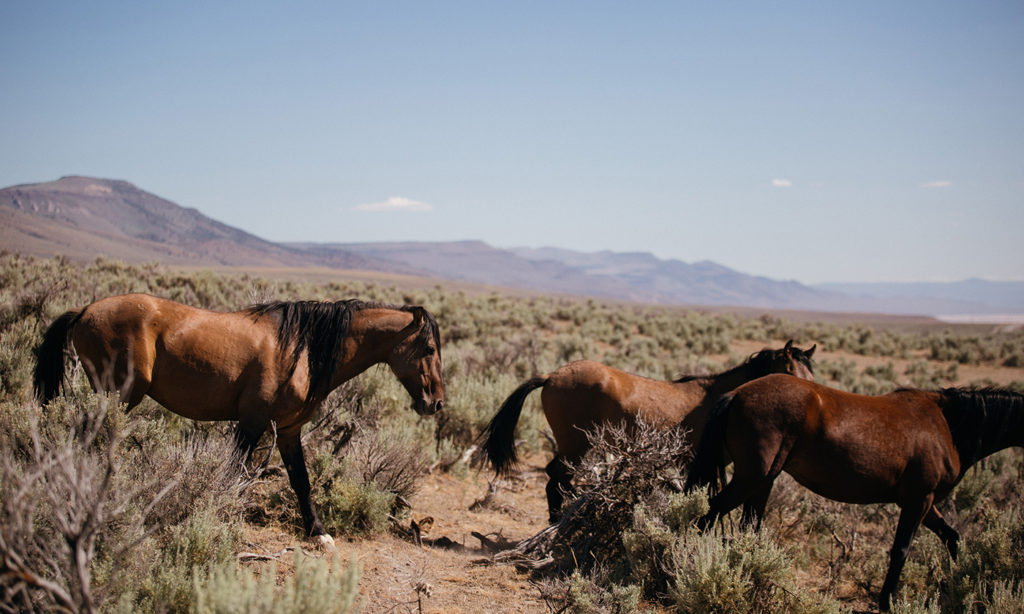
The Bureau of Land Management must manage these many conflicting interests. Modoc County’s Devil’s Garden Plateau Wild Horse Territory epitomizes the challenges of this task. Officially deemed wild horse territory, the garden consists of 258,000 acres and is wholly within permitted livestock allotments. It is also home to wildlife such as cougar, antelope, migratory birds, and aquatic species dependent on delicate high-desert riparian areas.
The presence of wild horses has been shown to decrease native wildlife species diversity for both birds and mammals. Pronghorn antelope are an icon in Western grasslands, known for their annual 350-mile migration along historic routes estimated to be 5,800 years old. This awe-inspiring trek is one of the longest large-mammal migration corridors remaining in North America, but 75% of pronghorn migration routes have already been lost because of disturbances from the accelerated leasing of public lands and energy development. Horses also affect the pronghorn’s yearly migrations by monopolizing watering holes, thus preventing native species from drinking.
Indigenous Support for Ecological Balance
Ken Sandusky, a public information officer who has worked for the Forest Service in Modoc County for 13 years, lives by his station’s mission statement: “Caring for the Land and Serving People.” In his work, Sandusky aims to include the broad range of stakeholders and often acts as a tribal liaison. Sandusky himself is a member of the Choctaw tribe of Oklahoma, but as a Modoc native, is more culturally in touch with the local Klamath tribe.
When it comes to rangeland health, he says, there’s a tangible split in what that actually means. “It depends on what you are measuring the outcome against,” Sandusky explains. Range managers may perceive progress from a year-to-year basis, but to many Indigenous tribes, the baseline for “progress” goes back generations, to pre-contact times. “They have long memories,” he says. “Tribes see damage that is a hundred-plus years in the making.”
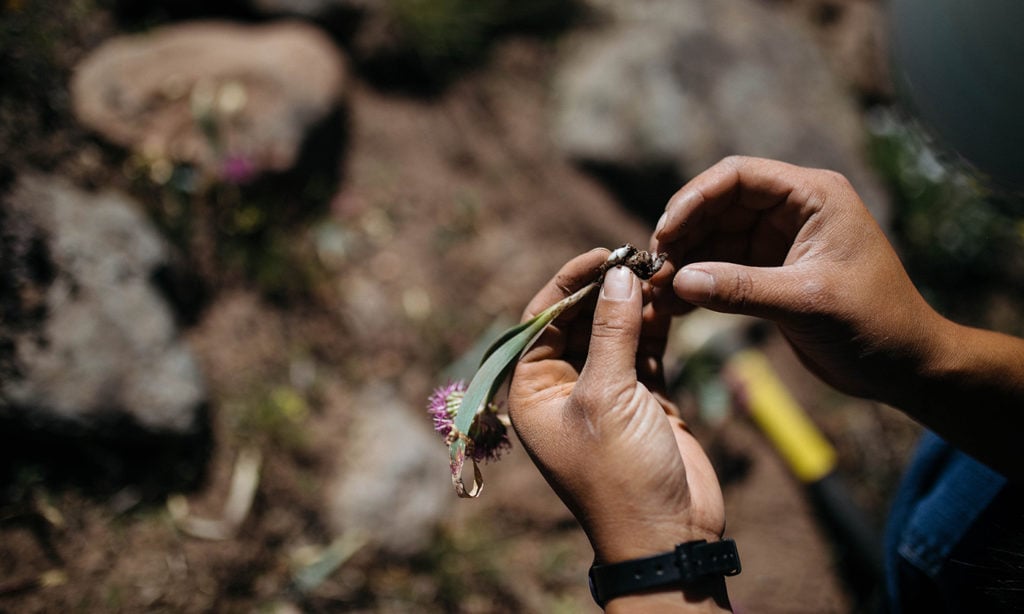
While individual perspectives on wild horses may vary among cattle ranchers, as a whole, herders are in favor of stricter wild-horse management to lessen grazing competition for their livestock. Indigenous tribes in Modoc, too, are largely supportive of wild horse management. But they also challenge the sustainability of current cattle grazing management. Local tribes collect wild onions, wild roses, grasses for basketry, and wood for bows and arrows—materials that are incontrovertibly affected by unmanaged grazing, regardless of the species.
Still, Sandusky, along with other public servants at the Forest Service and the Bureau of Land Management, express concern about the dogma of wild horse advocates. “They tend to forget or intentionally ignore how they don’t hold a monopoly over public opinion,” he said. “Stakeholders can get myopic and good at keyhole storytelling.”
A Willingness to Try New Things
“Americans don’t know what’s happening on these lands,” says Suzanne Roy, the executive director of the American Wild Horse Campaign, an advocacy organization. The Bureau of Land Management, she says, “is run by and for the livestock industry. They come from a ranching background. The term ‘rangeland’ management itself illustrates how livestock management is the dominant perspective.”
Roy is particularly concerned about how resources are being allocated: “Policies of land management agencies don’t reflect the desires and interests of the public.” To illustrate, most Americans associate public lands with national parks and environmental conservation; only 29% of respondents to a recent poll considered livestock grazing an acceptable use of those lands.
Grazing on public lands certainly aligns with the financial interests of cattle ranchers and helps explain why they insist on increased wild horse management. Cattle can graze on public lands for $1.35 per animal per month, while grazing on comparable private land costs ranchers $23 per animal per month (American taxpayer dollars make up the difference). To be fair, though, small-scale ranching would not be viable without public lands.
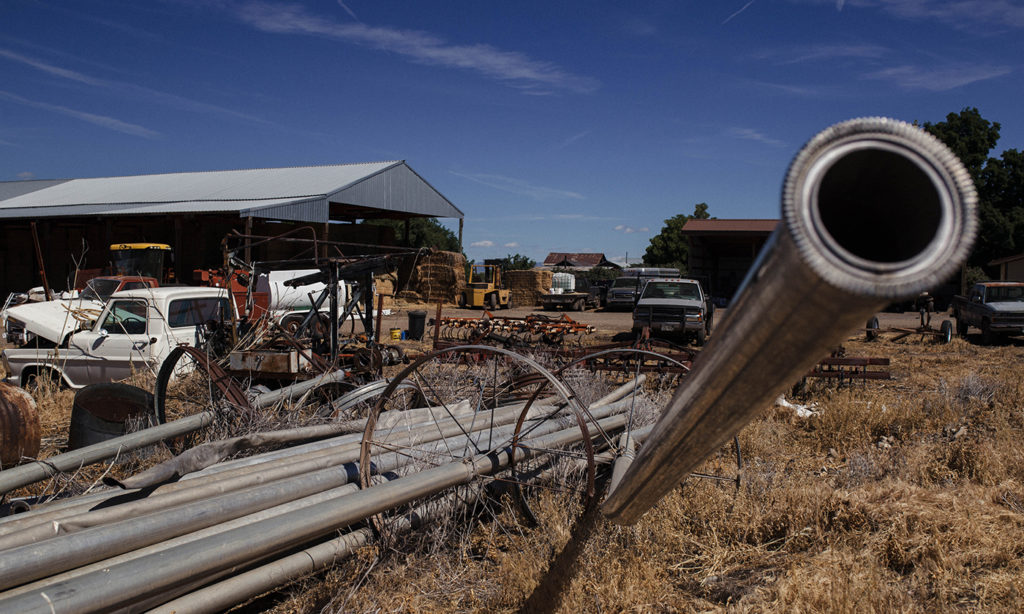
The campaign hopes to work toward more equitable resource allocation and improvements to overall habitats for horses and wildlife generally. “There are workable solutions to this issue,” Roy says. “Common pushback from rangers is that new conservation strategies will ‘destroy our way of life,’ but change doesn’t have to be bad.”
The social conservatism intrinsic to human cultures makes change seem daunting and people reluctant to try new tactics even in the face of suboptimal systems. Roy uses a case in adjacent Marin County to illustrate: Until 2001, the county ran a USDA program focused on killing apex predators (e.g. coyotes, mountain lions, and cougars) in defense of livestock. Unfortunately, this strategy fails to take into account the science of predators. Killing one mountain lion, for example, creates a vacuum and will eventually lead to increased competition for this newly available territory. In 2001, Marin introduced a country-run program that promoted nonlethal methods such as fox lights, guard dogs, and fladry to deal with predator incidents while compensating ranchers for sheep and lambs lost to predation.
Ranchers were initially livid, concerned that bans on shooting and trapping hindered their rights, making them defenseless against livestock predation. But 15 years later, a majority agreed that this form of humane adaptive management has successfully reduced both livestock losses and the total number of predators. Ensuring its continued success, the program requires active participation on behalf of all stakeholders and long-term commitment from the local government for support.
As one fifth-generation sheepherder, Gowan Batiste, explained in an interview to the Ukiah Daily Journal, “Livestock is a food of desperation for predators; the more you harass them and make life difficult for them, the more likely they are going to come into conflict with humans.”
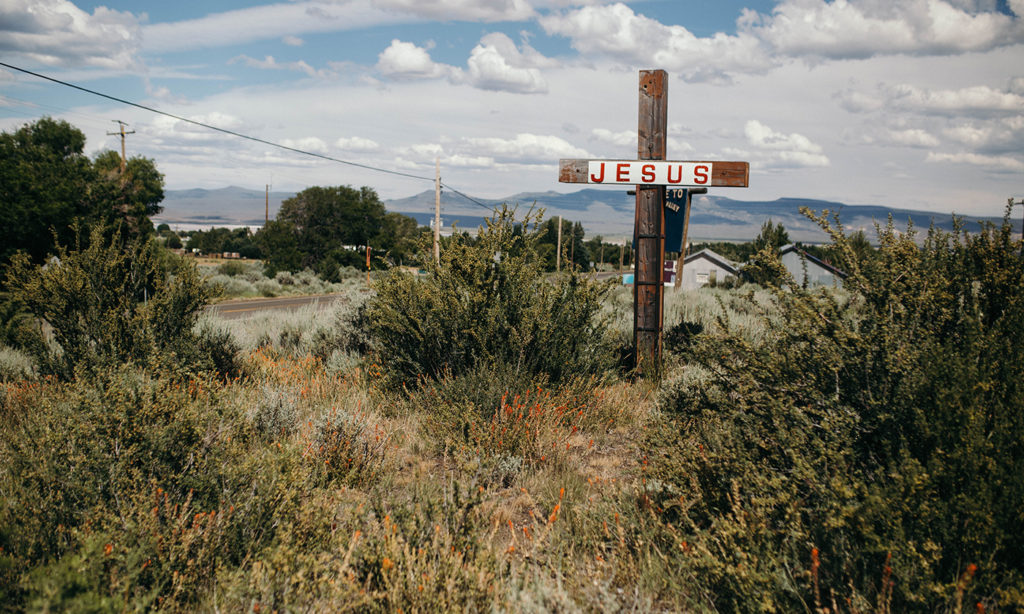
Keeping Wild Horses in Check
When it comes to wild horses, many solutions are already in the works. Through annual autumn wild horse roundups, known as gathers, the Double Devil Wild Horse Corrals has become one of the U.S.’s most successful adoption sites. The California Cattlemen’s Association, a nonprofit trade association and organization popular among ranchers in Modoc, urges its members to support the wild horse gathers in Devils Garden, saying they are humane, good for the horses themselves (since competition for scarce water and forage resources may instigate aggression and herd violence), and necessary to support local ranchers and Modoc’s agriculture-reliant economy.
Another popular solution for controlling wild horse populations is a fertility-control vaccine called PZP, given to female horses on the range using dart guns. Mares are tracked on foot or with game cameras while drones are used to locate more elusive herds. The PZP vaccine has been endorsed by the American Wild Horse Campaign as the “most promising strategy” for managing wild horses in their habitats and is also recommended by the National Academy of Sciences. Importantly, a dose of the vaccine only costs $30.
Lastly, land acquisition and grazing lease buyouts can promote equitable sharing of public lands and available forage. Acquiring key pieces of land adjacent to or within federally designated wild horse habitat areas can reduce conflicts over resource allocation.
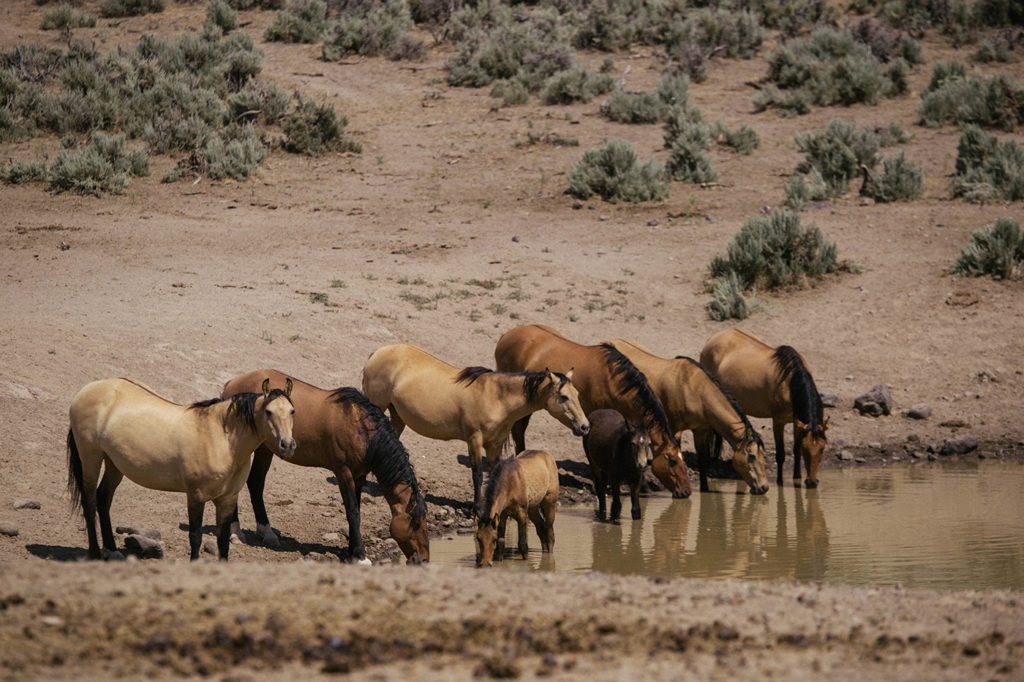
A Global Search for Solutions
Pastoralists all over the world face similar land-use conflicts, despite huge variations in climate and culture. The ongoing situation across rural California resonates with that of Fulani cattle herders in Niger and Sami reindeer herders in the Arctic.
Herders everywhere are accused of having too many animals or are perceived as selfish and irresponsible by their own communities. Overgrazing is certainly an issue, but it’s not simply the number of animals that matters: The amount of time animals spend in a certain area is critical to rangeland health. And in the context of such allegations, the ecological value of grazing is frequently omitted. Grazers, both wild and domestic, are key to regulating soil health and allowing for species diversity and coverage, as well as efficient carbon sequestration.
Part of the problem in these heated grazing debates is that moderate viewpoints are drowned out by extremist agendas—those who prioritize wild horse populations at all costs and those who want all of the horses gone, period. “The majority of people don’t really have strong views about the horses,” Sandusky says. “But the ones who do can get really into it.” These unwavering views make it difficult to find compromises that account for all stakeholders.
“There is no biological problem, merely a social one,” says professor Nicholas Tyler, a pastoralism expert at the University of Tromsø in northern Norway. Tyler maintains that in the case of horses and cattle in the West, as with so many others, the so-called equilibria argument is specious and quasi-biological. “Certainly a lot of horses will influence the species composition,” he says. “Remove the horses, things change. Add horses, things change again. There is nothing magical about that.”
But Tyler takes it one step further: “There never was, is, or will be a balance. There are shifting equilibria, which is something quite different,” he says. “It is up to the community to decide which state of that equilibrium it prefers.”
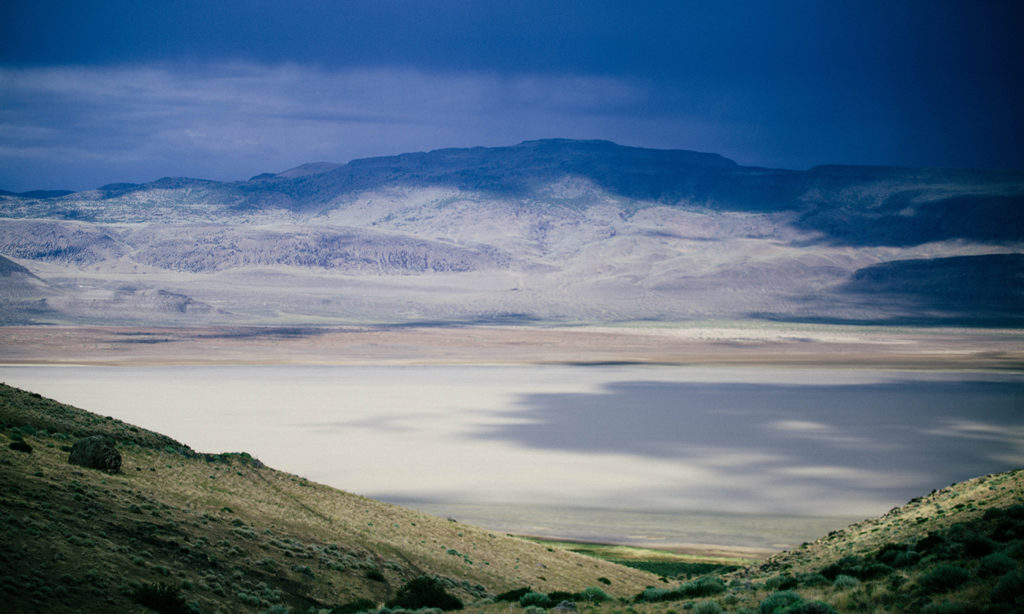
Regardless of one’s views on what the ideal or preferred proportion of horses, cattle, and wildlife should be, holistic strategies could lead to increased cooperation and knowledge exchange as part of mitigating the current tension. One study examining the mutual dependence of extensive land-use and conservation management in Eastern Europe makes the case for a new profession: the “conservation herder.”
This idea combines age-old traditional herding knowledge with a newfound awareness of herders’ role in providing ecosystem services. Conservation herding could support pastoralists through the continued sale of their meat and milk production as well as government subsidies for biodiversity management.
Refreshing pasture management techniques and adapting traditional herding strategies to current rangeland vegetation conditions will provide the necessary backdrop for such solutions to take. Perhaps most importantly, reconciliation of a livelihood that has been traditionally judged as anterior to conservation causes may be exactly what a place such as Modoc needs to move forward. As a society, we tend to not address issues if there are no easy answers or if they cannot be solved by the next news or election cycle. Sandusky says: “Some of us don’t have that choice.”

|
Kang-Chun Cheng
is a freelance environmental photojournalist based in Nairobi, Kenya. Her background in ecology, with a focus on community-based natural resource management and traditional knowledge, informs and enhances her perspectives as a photojournalist. She is fascinated by the shifting dynamics and values between society, culture, and nature, and use photography as a tool for storytelling. She has been documenting the impact of technology and climate change on traditional reindeer herding culture in Norway and Finland since 2017. She loves rock-climbing, cooking, and knitting. Her work has previously been published in Earth Island Journal, the Valley News, Northern Woodlands, China Africa Project, and others.
|






